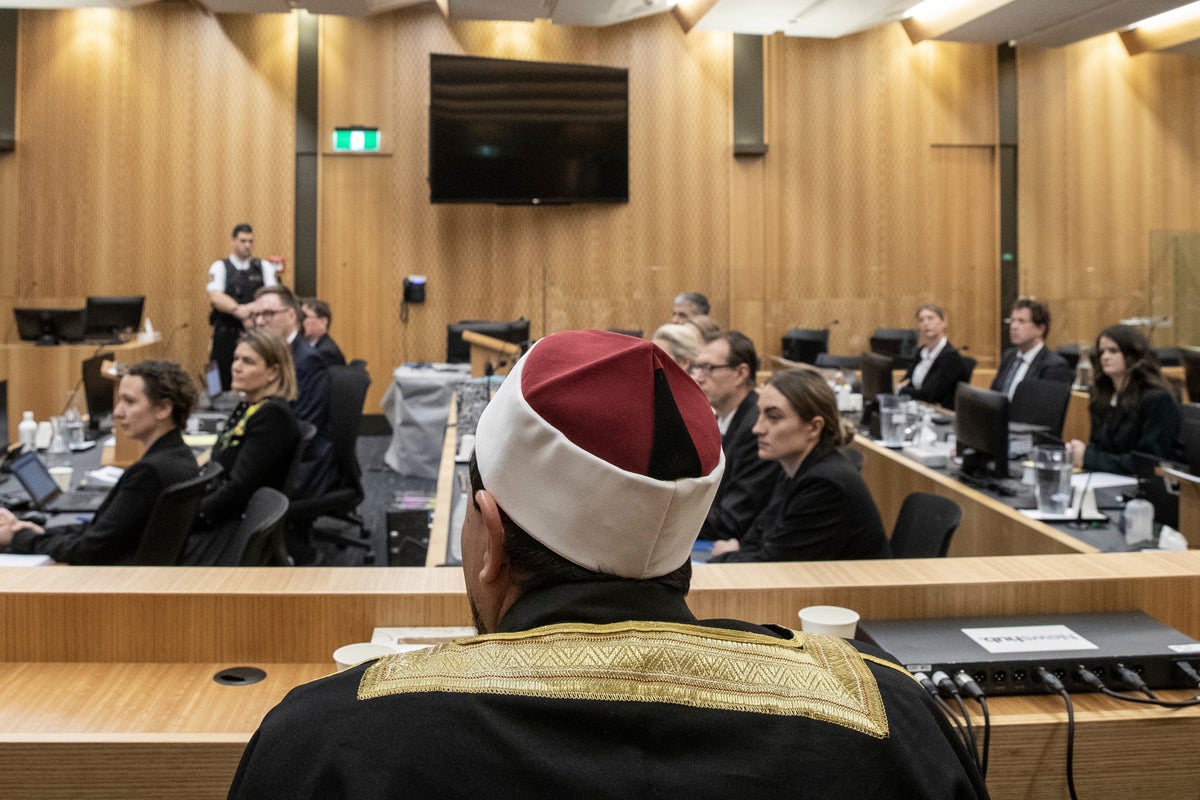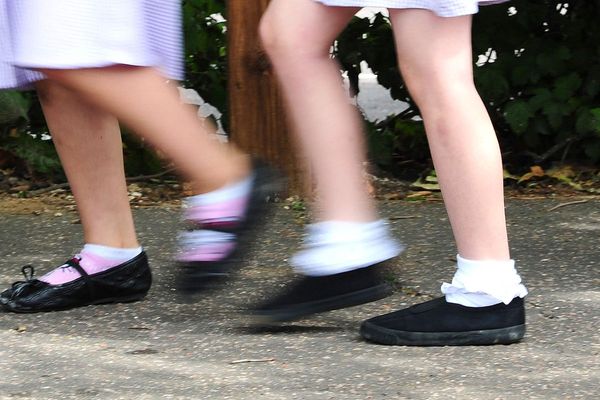
An inquiry that began Tuesday into New Zealand’s worst mass-shooting will examine — among other issues — the response times of police and medics and whether any of the 51 people who were killed could have been saved.
The coroner-led inquiry comes more than four years after a white supremacist opened fire at two Christchurch mosques during Friday prayers.
The inquiry represents the first time authorities will outline the details of how they responded to the March 2019 shooting. Dozens of survivors and family members attended court on Tuesday, and many wept as they watched a video tribute to those who died.
After the attack, New Zealand lawmakers moved quickly to change gun laws, banning assault weapons and buying back more than 50,000 guns. The Australian gunman, Brenton Tarrant, in 2020 pleaded guilty to 51 counts of murder, 40 counts of attempted murder and one count of terrorism. He was sentenced to life in prison without the possibility of parole.
Coroner Brigitte Windley said the idea behind examining the mass-shooting was to see if there were ways to reduce deaths in any future incidents.
She said the aim wasn't to establish liability or negligence but rather “so that our understanding of the events of March 15 can transition from darkness to light.”
She said most people killed that day died instantly or very rapidly, but for some there were questions over survivability and whether alternative medical triage or treatment would have made a difference.
“For a small number, we need to look at the question more closely,” she said.
One of the issues under examination is whether an emergency door in the Al Noor mosque was functioning at the time of the shooting — and if not, why not. The Associated Press first reported the scene of confusion and terror at the door as people tried to escape but couldn't get it open.
After the online tribute, the court played a timeline of events, which included emergency calls and some of the disturbing footage the gunman livestreamed from a GoPro helmet camera during the attack. The footage had been edited to avoid showing any victims being shot.
The first witness, Police Detective Senior Sergeant Craig Farrant, outlined how police and emergency services had fielded dozens of calls about potential threats in the minutes and hours after the shooting, many of which would prove false, including the gunman's claim he was one of up to 10 attackers.
Farrant gave evidence that the shooting began at 1:40 p.m. at the Al Noor mosque, where 44 people were killed, and the first emergency calls began about a minute later. The gunman then drove away and started shooting at the second mosque, the Linwood Islamic Center, where another seven were killed.
Farrant said that after establishing a safe forward point, police entered Al Noor at 1:54 p.m. and searched it a number of times and began initial treatment of patients. He said they were concerned an object in the mosque might have been a homemade bomb.
The gunman was caught by police at around 2 p.m. after they spotted him driving and rammed him off the road. Ambulance staff entered the Al Noor mosque at 2:15 p.m., Farrant said, and began removing victims eight minutes later.







